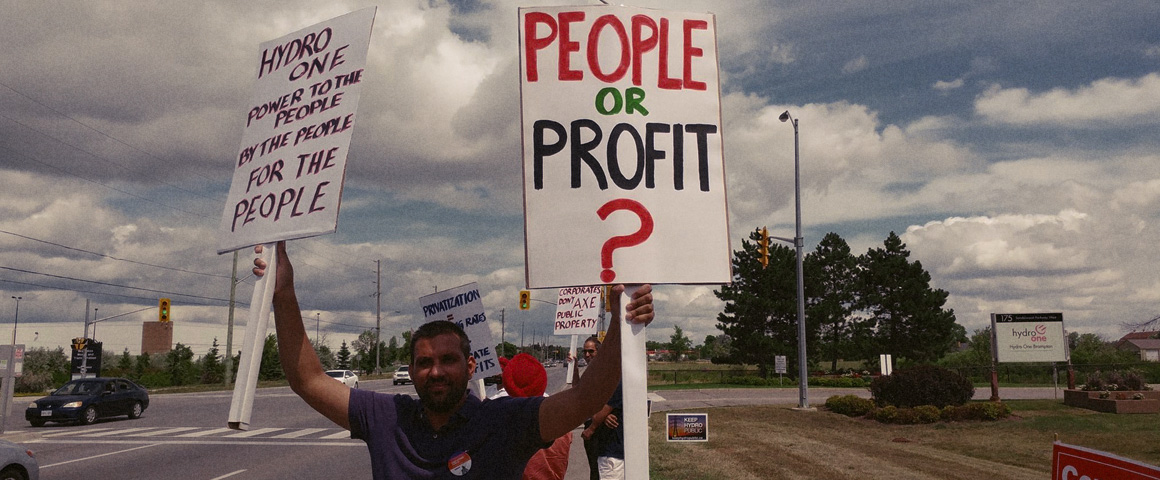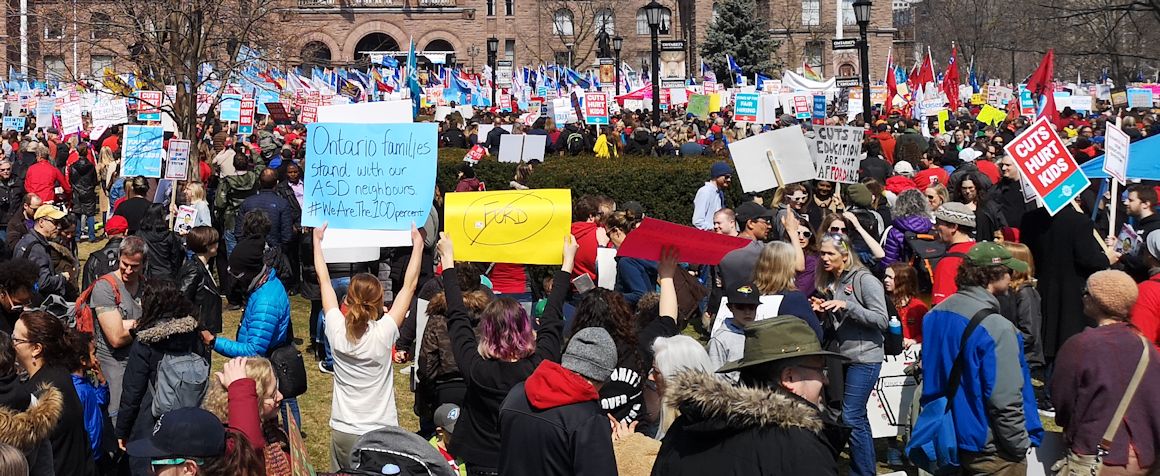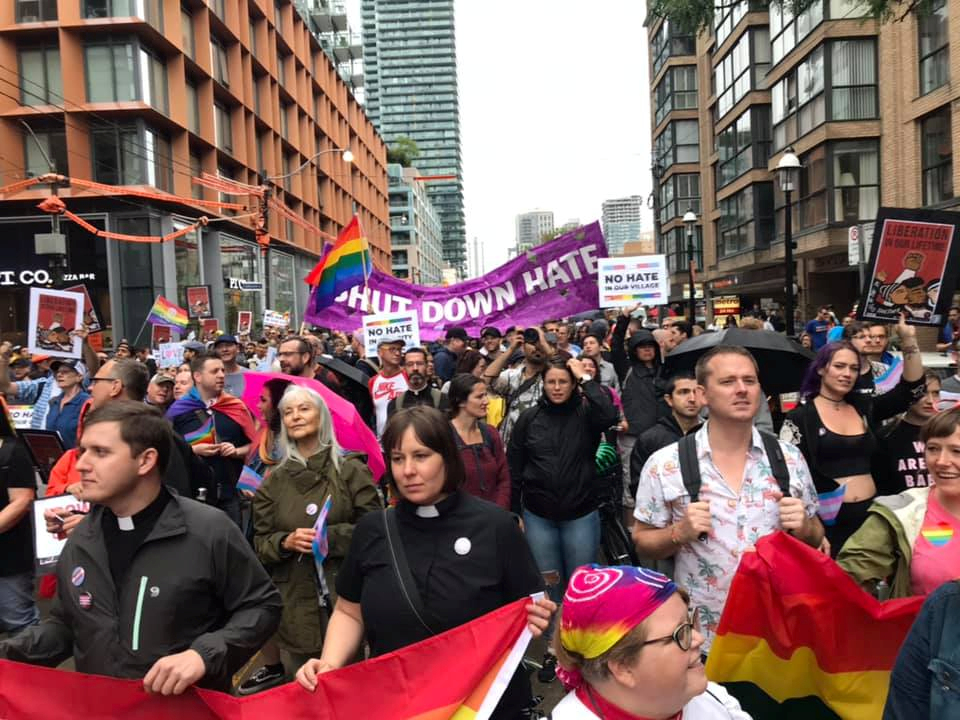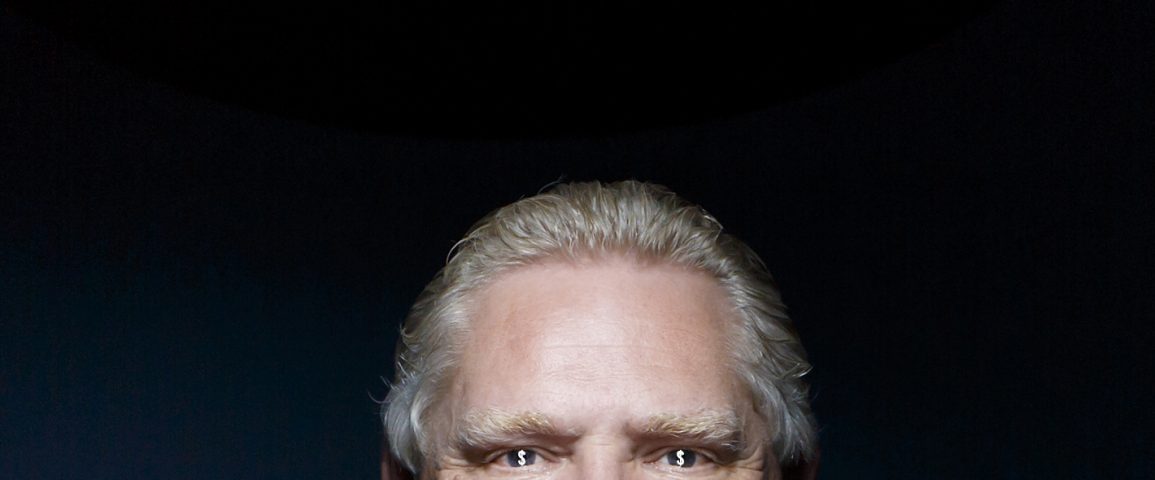PV Ontario Bureau
The summer heat wave broke, briefly, but anti-privatization activists in Brampton weren’t ready to chill out. More than two dozen turned out at the city’s Hydro One headquarters on August 14 to protest the Ontario government’s sale of the century-old public electrical utility.
The rally was organized by the GTA West Club of the Communist Party, and included participants from the Indo-Canadian Workers Association, the Rationalist Society and Concern Nepal Canada. They decorated Hydro One’s front yard with “Keep Hydro Public” lawn signs, and waved placards at the busy traffic. Scores of passing drivers honked, waved and shouted support, indicating the breadth of opposition to this sell-off.
Speaker Dave McKee, Ontario leader of the Communist Party, told the demonstration that opposition to the sale has continued to build. “Just before the Initial Public Offering, the largest IPO in memory in Ontario, public opposition was 58%. Astonishingly, this grew by 25% after the first tranche of shares was sold, and now a whopping 83% of Ontarians are against the Hydro One privatization.”
McKee also noted that 200 municipalities – one out of every two in Ontario – have passed resolutions against privatization. “This represents a massive basis for mobilizing people into the streets, which is what the Communist Party is encouraging.”
Participants unanimously agreed to send a message to the Liberal government of Kathleen Wynne, calling on her to stop the sell-off.
The Brampton rally was part of a surge of activity against the Hydro One sale, and against privatization in general. In February, several dozen Toronto activists gathered for an anti-privatization forum that included presentations on healthcare, post-secondary education, electricity, housing and public transit.
Speakers noted that the process of privatization is underway everywhere in Ontario, but that it takes different forms, depending on the conditions in each individual sector. In the case of Hydro One, the government is conducting an outright sale to the private sector. In healthcare, privatization often takes the form of for-profit clinics which offer services that have been delisted from public healthcare, or which are allowed – illegally – to operate in competition with public clinics.
In other areas, such as public transit, privatization often takes the form of contracting the private-sector to manage and oversee public programs and services. Virtually all sectors are seeing the increase of P3s – public private partnerships – to finance, build, maintain or upgrade public services. In all cases, services for people decline while corporate profits increase.
The provincial government claims that privatization is necessary because budget constraints mean that sufficient public funding is not available. Wynne constantly describes the Hydro One sell-off as the key to financing her government’s infrastructure program, an election promise that helped secure a Liberal majority in 2014.
The reality, though, is that privatization is a dead-end for public services. The Hydro One deal is the largest privatization in memory, estimated to yield $9 billion, but the government has committed to using $5 billion to pay down debt. That leaves $4 billion to be used for services and infrastructure – money that Hydro One’s annual profit payments of nearly $1 billion would provide to the public over four years.
After that, these profits will go straight into corporate bank accounts and the people of Ontario will be stuck with a big loss.
It’s a similar, sad story for the other sectors facing privatization.
But it doesn’t have to be this way. Since 1995, when the Mike Harris Conservatives were elected, the Ontario government has aggressively pursued a policy of tax cuts for corporations and the very rich.
Currently, Ontario is one of, if not the lowest corporate tax jurisdiction in North America, at just 11%. A recent report by the Ontario Public Service Employees Union indicated that since 1995, all of the tax cuts in Ontario add up to $18 billion in lost public revenue each year. This is money that is badly needed for health, education, public transit, job creation and infrastructure. But instead of restoring this funding, the Wynne government has a strategy to sell public assets like Hydro One, the LCBO (liquor retailer), public schools, water and wastewater services.
The good news is that working people in Ontario are organizing against this criminal theft, and beginning to pull together to forge a united movement against privatization. A lot more needs to be done, though. Public forums, where activists share details of the corporate attack and of their own tactics, are important but they are only one piece of the struggle. The forces pushing privatization are extremely powerful and well funded, and the fightback needs to be even stronger. Ontario needs a funded, united movement against privatization, one that can engage millions of people into a sustained and escalating campaign. For this to develop, working people rely on the trade union movement.
Says McKee, “Imagine a province-wide day of action, in which communities across Ontario had rallies like the one in Brampton. That kind of organization and mobilization is what we need to force the government to halt and reverse these privatizations. It needs to be built, it can be built, and it starts with the working people insisting that another Ontario is possible.”




